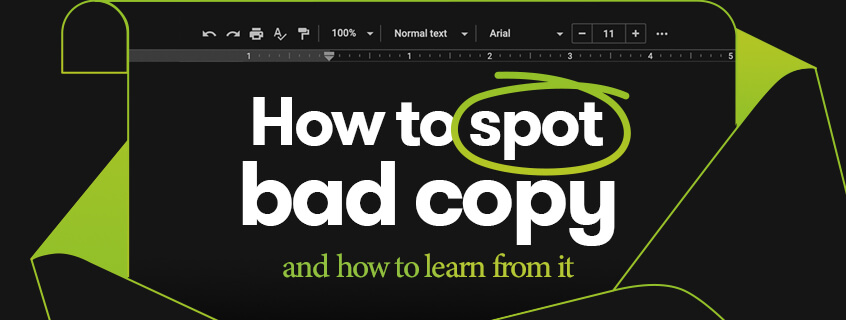

Copy is critical to a great landing page, breathing life into your brand and clarifying your message. It has the power to connect with an audience, bring them along the journey and build your credibility.
There are huge benefits for your brand if you can get copy right – but what about the businesses who get it wrong?
A case of bad copy can lead to low traffic, high bounce rates and poor conversion rates. Plus, it can turn off your target audience and even sully your brand reputation if you’re not careful.
Below we’ll walk you through how to spot bad copy – and then we’ll introduce you to the content tips that our content marketers use everyday at Dilate to get skyrocketing results for our clients.
what our clients are saying
create business. better everyday.
Let's Talklearn from the best minds in the business
Bodie provides some insight into Dilate's internal operations. How we approach what we do, and how we strive to be Better Everyday.





